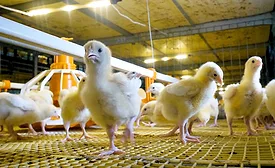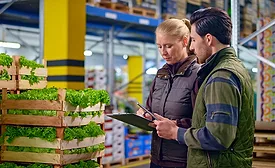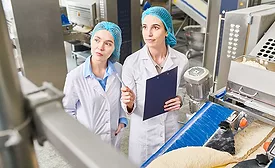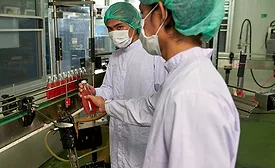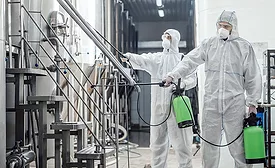Home » Publications » Food Safety Magazine
Our Publications
Please select a publication below.
Food Safety Magazine
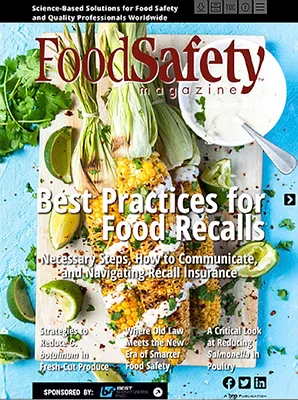
August/September 2022
Features
Back to TopThere is a need to address Salmonella at pre-harvest, in addition to the current practice of minimizing the risk during processing
Read More
Strategies to Reduce Clostridium botulinum Risk in Fresh-Cut Produce
Increasing consideration of C. botulinum as a potential pathogen of concern is emerging for fresh-cut vegetables, fruits, and mushrooms
August 15, 2022
Anatomy of a Recall—Best Practices
An often-misunderstood resource can minimize the negative impact and expense of a recall—your recall insurance policy
July 24, 2022
Columns
Back to TopGlobal Food Safety Culture: North America
North America's food safety culture is characterized by diversity of thought; a proactive, risk-based approach; and high adaptability
August 15, 2022
When It Comes to Safe, Sustainable Packaging, What is Job No. 1?
The concept of food safety as the primary element in sustainable packaging decisions must logically flow through an organization from the top down
August 15, 2022
Focusing Ahead—Processors' Priorities for the Near Term
Food processors are now focusing on projects and priorities put on hold during the pandemic, including maintaining or adding to food safety certifications
August 15, 2022
Utilizing Risk to Develop Food Safety Systems
Food safety systems can be examined in a systematic, risk-based way to aid food safety practitioners in their work
August 15, 2022
Determining Microbiological Performance Standards for Food Safety
A 5-log pathogen reduction is generally adopted as a good starting point, but it may not be applicable to all products and processes
August 15, 2022
Sanitation Success Rests on a Three-Legged Stool
Sanitation success is a prerequisite to food safety and quality and rests on three "legs": people, programs, and hygienic design and maintenance
August 15, 2022
Where Old Law Meets the New Era of Smarter Food Safety
How to make sense of the legal definition of "adulteration" in the age of smarter food safety and whole genome sequencing
July 29, 2022
Never miss the latest news and trends driving the food safety industry
eNewsletter | Website | eMagazine
JOIN TODAY!Copyright ©2025. All Rights Reserved BNP Media.
Design, CMS, Hosting & Web Development :: ePublishing
